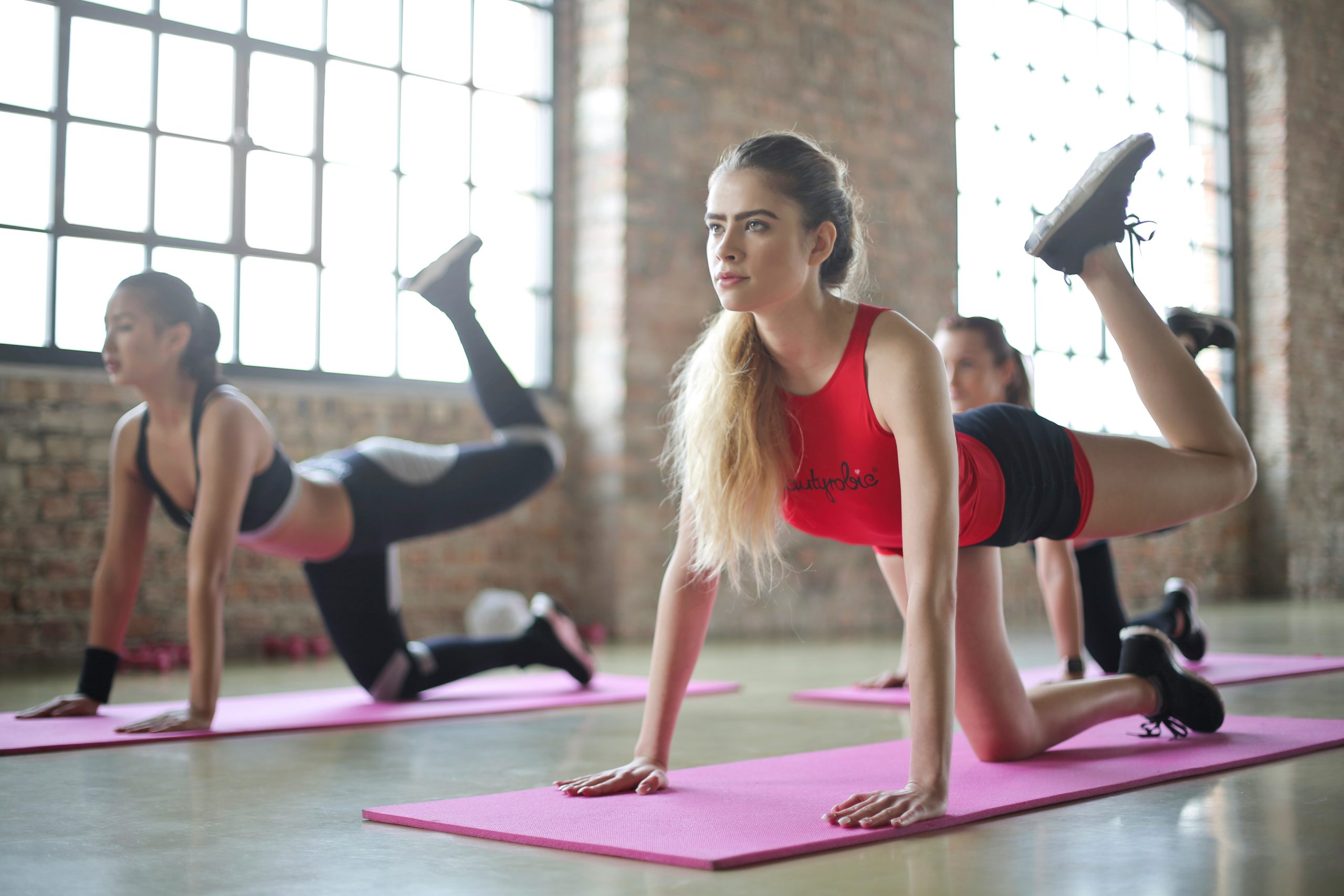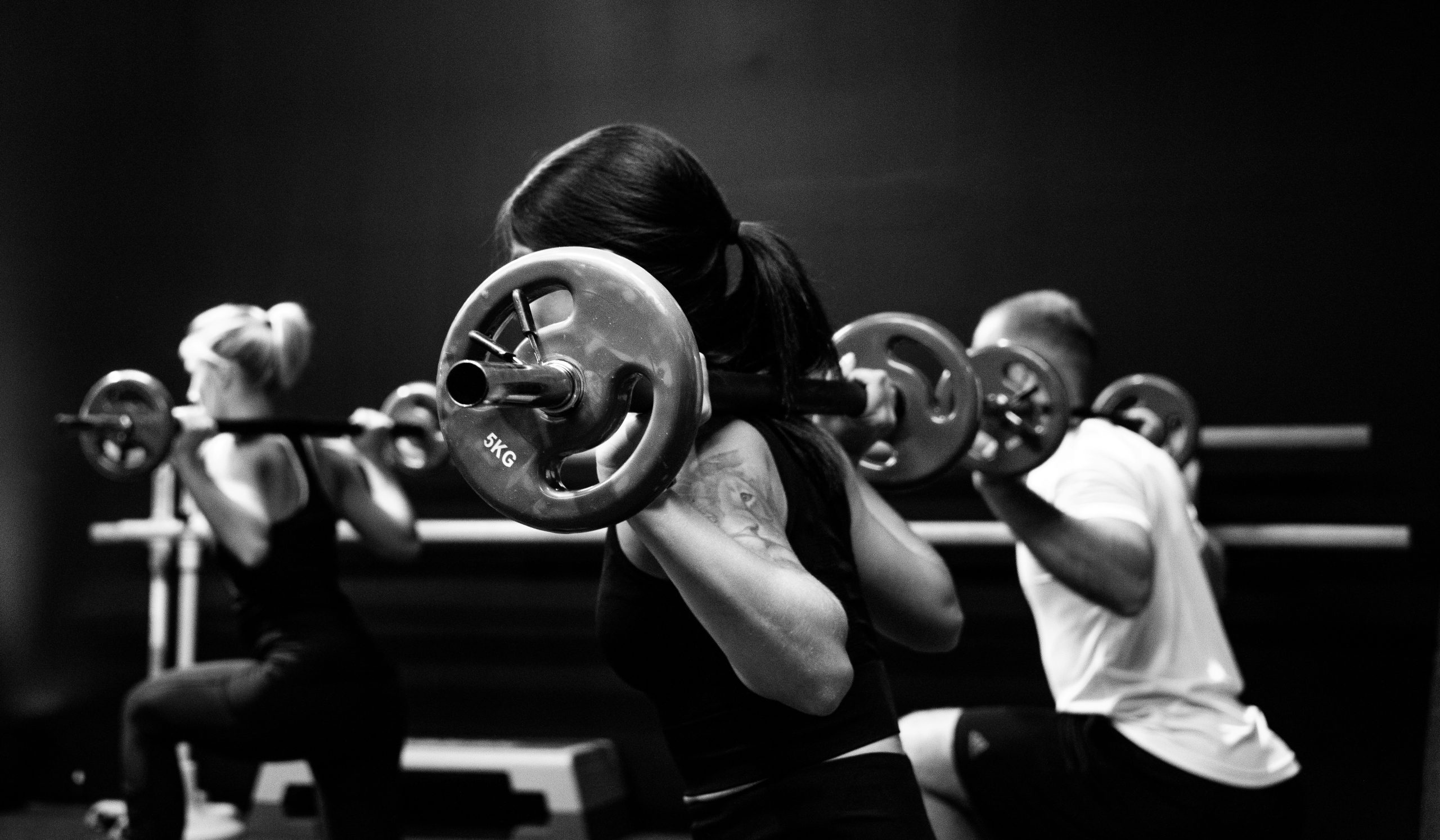When people think about core workouts, the first exercise that often comes to mind is the sit-up. It’s a classic, easily recognizable move that’s been featured in gym classes and workout videos for decades. But if your goal is a stronger, more functional core—or even a toned midsection—focusing solely on sit-ups might actually be holding you back.
The Problem with Sit-Ups Alone
Sit-ups primarily target the rectus abdominis, the long sheet of muscle that runs down the front of your abdomen and gives the appearance of a “six-pack.” While this muscle is part of your core, it’s just one piece of the puzzle. Sit-ups often neglect the deeper and more stabilizing muscles of the core, such as the transverse abdominis and the obliques. In some cases, doing too many sit-ups can even strain the lower back and neck, especially if performed with poor form.
Moreover, sit-ups are largely a flexion-based movement—bending your spine forward. However, a well-rounded core routine needs to include a variety of movements: anti-extension (resisting arching), anti-rotation (resisting twisting), lateral flexion, and stabilization.
Understanding the Core’s Real Role
Your core isn’t just about aesthetics. It’s a complex network of muscles that connects your upper and lower body and stabilizes your spine. Every time you walk, lift something, twist, or even sit upright, your core is involved. That means training it properly goes beyond endless crunches.
A strong core helps:
•Prevent injuries, especially in the lower back
•Improve posture and balance
•Enhance athletic performance
•Support everyday movements, from carrying groceries to climbing stairs
Smarter Alternatives to Sit-Ups
To train your core effectively, you should focus on a variety of exercises that activate multiple muscle groups and movement patterns. Here are a few powerful alternatives:
1. Planks
Planks are a gold standard for core engagement. They activate the entire core, including deep stabilizing muscles, and promote good posture.
Tip: Start with basic forearm planks and progress to side planks, plank shoulder taps, or plank walks for added challenge.
2. Dead Bug
This underrated exercise trains the core to resist extension, a key function in stabilizing the spine.
How to do it: Lie on your back with arms extended toward the ceiling and knees bent at 90 degrees. Slowly lower opposite arm and leg toward the floor while keeping your core tight and back flat.
3. Pallof Press
This anti-rotation exercise trains the core to resist twisting, a vital function for maintaining stability in real-life movement.
Equipment needed: Resistance band or cable machine.
4. Russian Twists (Controlled)
Unlike fast, jerky twists, slow and controlled Russian twists can target the obliques without compromising the spine.
Caution: Avoid using heavy weights or excessive speed.
5. Farmer’s Carries
Simple but highly effective, this move challenges the core to maintain stability while under load.
How to do it: Grab two heavy dumbbells or kettlebells and walk slowly with your core braced and shoulders back.
Final Thoughts
Sit-ups aren’t inherently bad—they can have a place in a diverse core routine—but they shouldn’t be the only move in your toolbox. Training your core with a variety of exercises will build true strength, stability, and resilience. Whether your goals are athletic performance, injury prevention, or simply feeling stronger in everyday life, a smarter, more holistic approach to core training will take you much farther than sit-ups alone ever could.
This Article Was Generated By AI.




